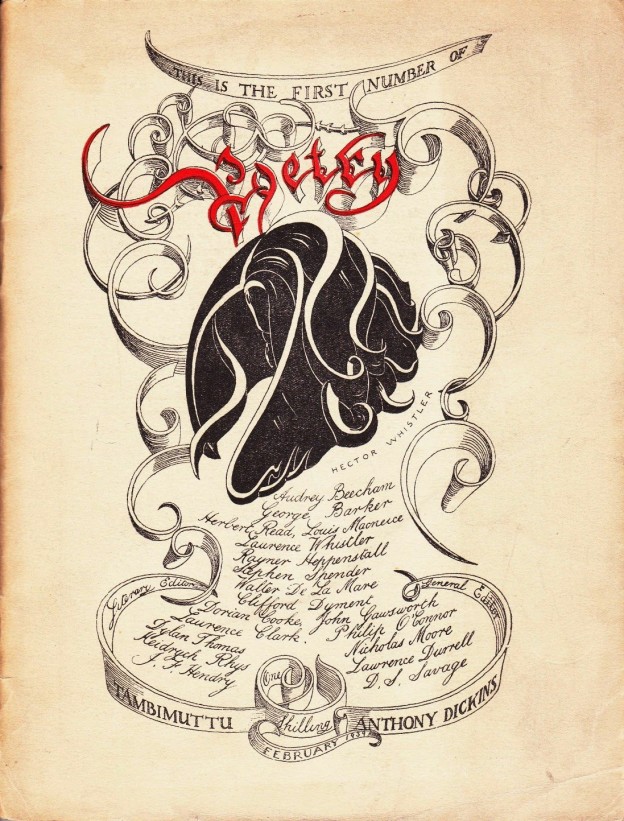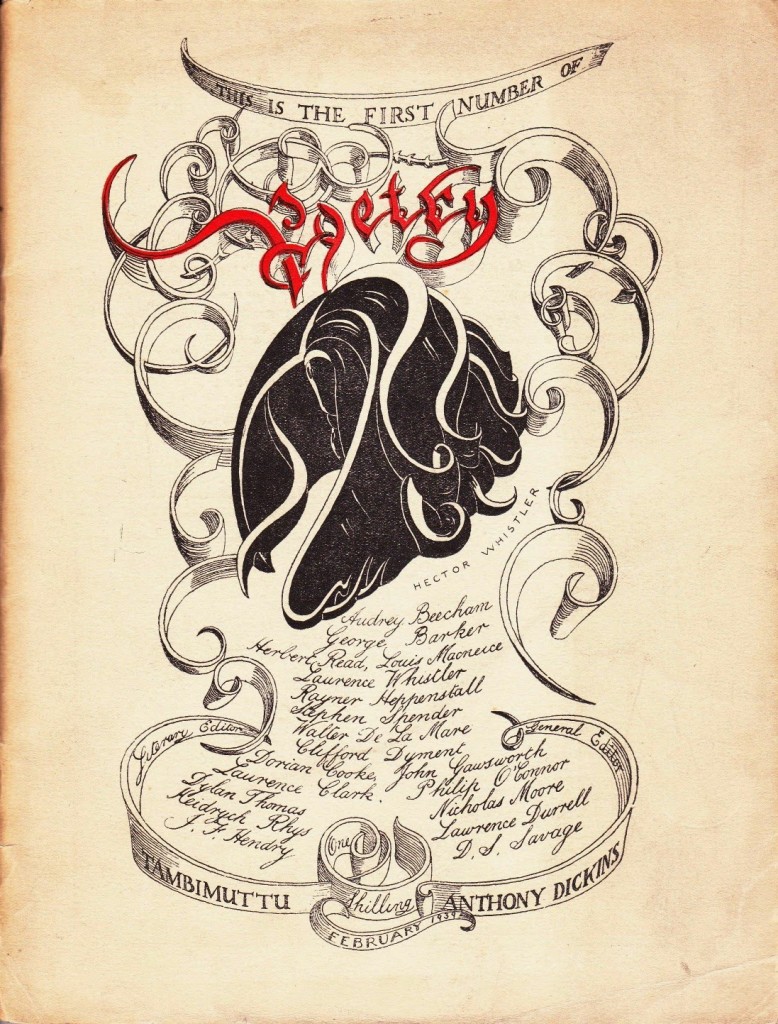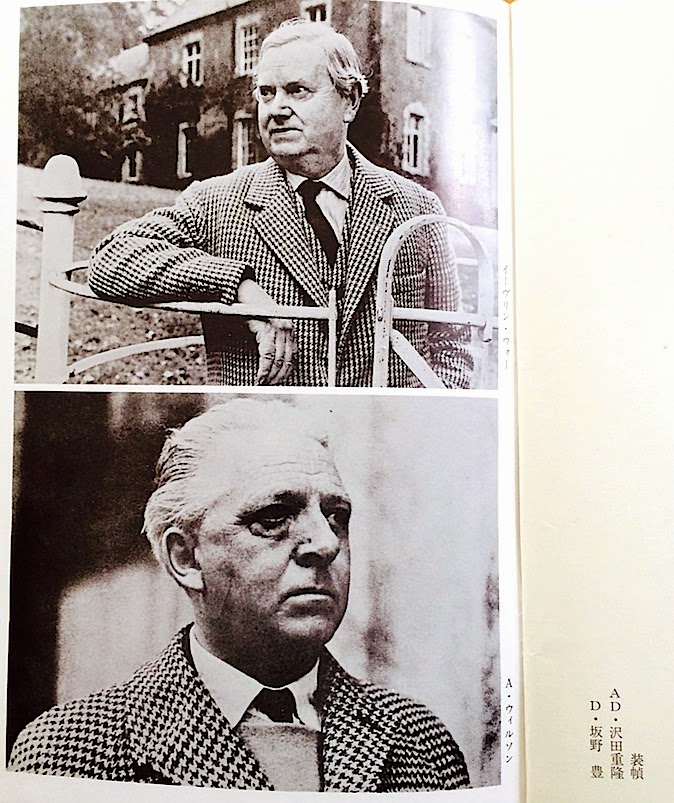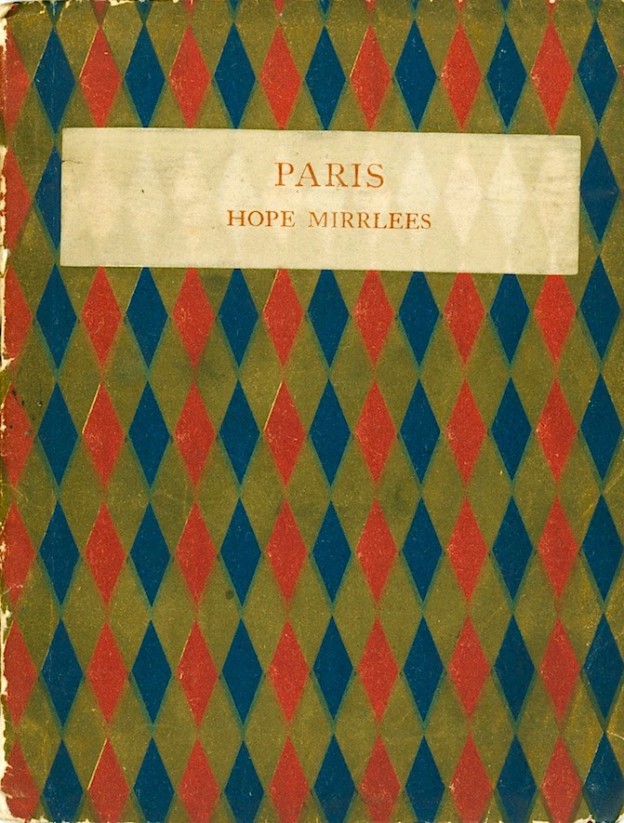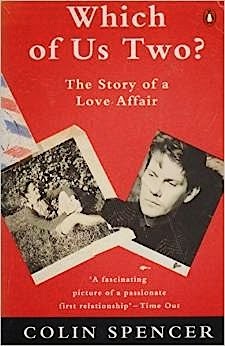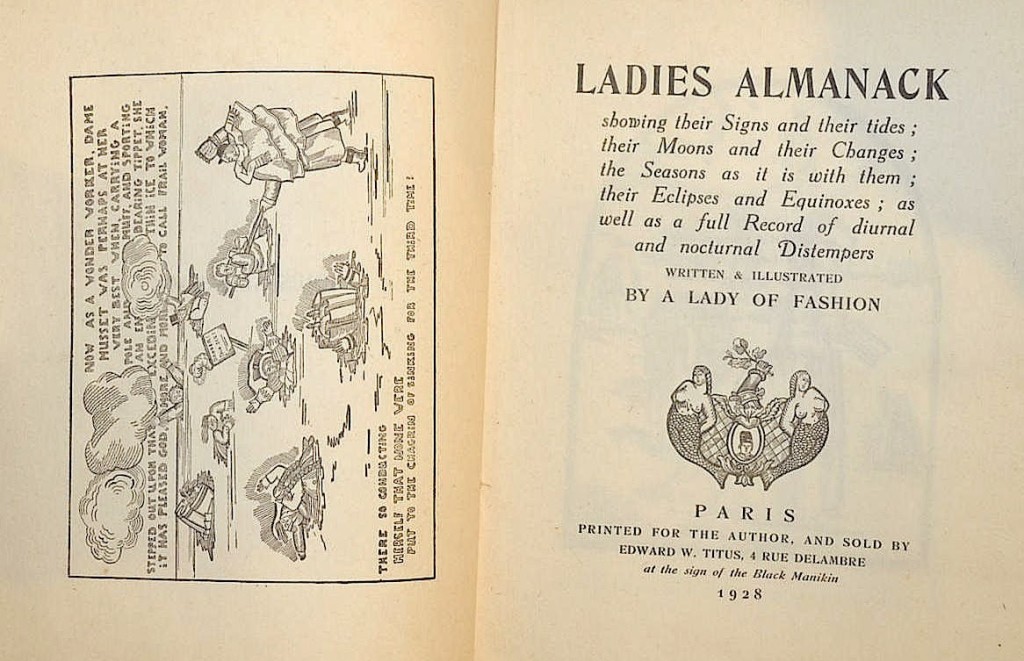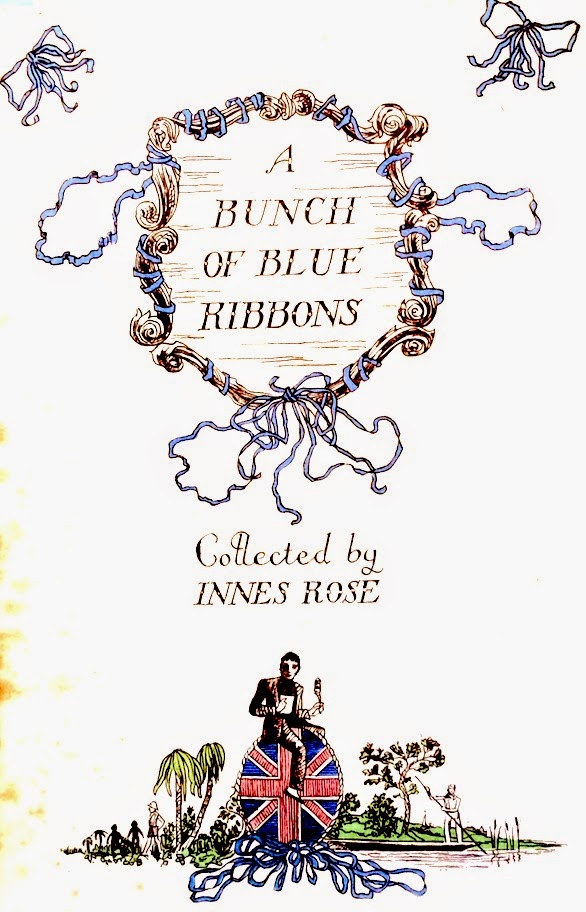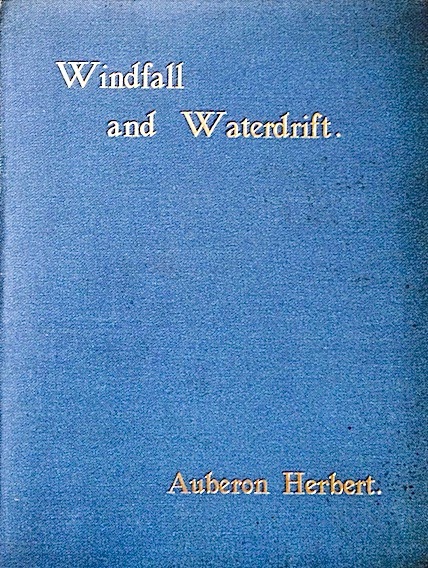
Found -- this newspaper cutting on the Loch Ness Monster. It is a letter from the poet Herbert Palmer (cited in an earlier Jot when he was writing about C.S. Lewis and women.) The cutting is undated but is probably from the late 1940s. The press source is not noted,but it was found in in a 1937 edition of Frazers' magisterial work The Golden Bough, part of a large collection of books from the writer on political philosophy Professor J-P Mayer, whose collection looks set to provide more jottable items...
THE LOCH NESS MONSTER
Herbert Palmer, St. Albans.
Sir,- The Loch Ness Monster, it seems, has been described as a huge creature with a long neck and a small head. I would suggest that it is the same creature which I saw in the upper waters of the Tay when I was fishing there in 1930, and described by me on pages 183-184 of my book, The Roving Angler, published in the spring of 1933. I saw something very clearly and definitely; but perhaps only the head and the neck, though I was under the impression that I had seen great part of the body. I have thus described what I saw: "Two hours afterwards a creature which looked exactly like a calf reared itself three-quarters out of the middle of the Tay, and then sank back with a light splash… It had the head, neck and shoulders of a calf".
It looked to me like that - a creature with a small long head and a rather long neck broadening to what appeared to be the shoulders. It bore no resemblance to an otter or seal, for the head was another shape. The colour was brown. What I saw may very well have been the head and neck of a gigantic lizard-like creature rather than the head and neck and part body of a calf. There may be a family of water monsters in the Highlands of Scotland. On the other hand, my perfectly true story may have given rise to an invention. One has only to see a strange thing once, talk or write about it, and a lot of other people imagine afterwards that they also have seen the same sort of thing, brooding on it until they grow quite confident about it'.

